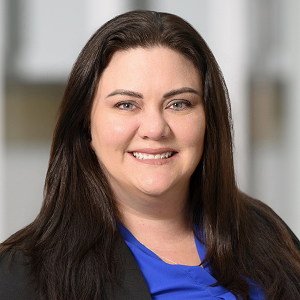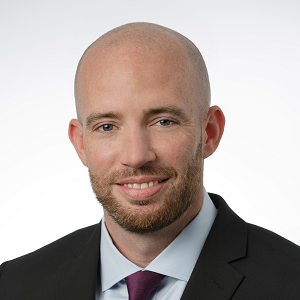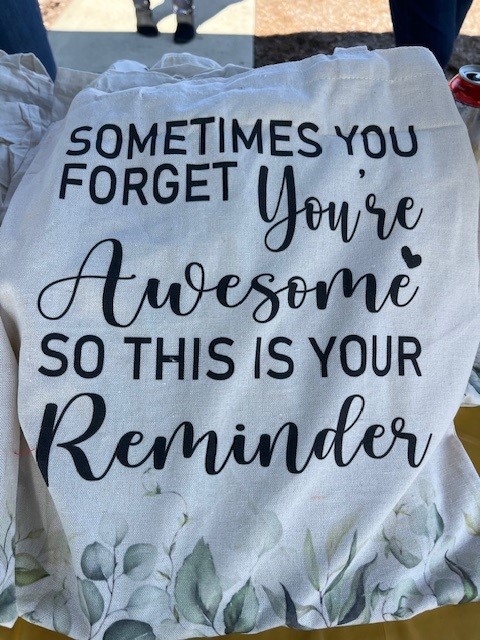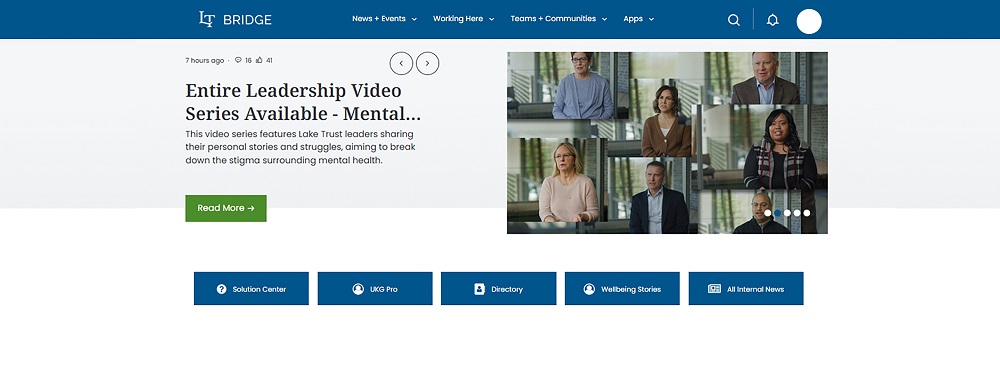Top-Level Takeaways
- Credit unions are expanding their mental wellness offerings to address a range of employee stresses.
- Therapy dogs, Zen rooms, community activities, and more are supplementing health plan benefits.
- Leaders can play a vital role in normalizing mental health conversations and reducing workplace stigma.
Americans tend to be tight-lipped about their finances. They’re even more so about their mental wellness.
The National Institute of Mental Health estimates 23% of U.S. adults were living with a mental illness in 2022. Illnesses can range from mild to severe, but that’s more than one in five adults.

To help their teams not just cope but thrive, many credit unions take a comprehensive approach to wellness, supporting the whole person to ensure a happy, healthy workplace.
“How can we expect our staff to perform at their best when they don’t feel their best?” asks Jen Kuhn, chief human resources officer at BankFund Federal Credit Union ($6.3B, Washington, DC). “Especially in today’s technology-centered world, there’s no such thing as a separate work life and home life.”
Kuhn points to data from the World Health Organization that says depression and anxiety account for more than 12 billion lost workdays every year, a perhaps striking stat that underscores how deeply mental health impacts productivity. For credit unions, the mission is clear: embrace wellness in its entirety so staff can be their best selves at work and home.
Creative And Supportive Spaces
Credit unions like BankFund and American Eagle Financial Credit Union, ($2.7B, East Hartford, CT) have introduced rejuvenating spaces to support employees’ mental wellness.
At BankFund, Zen rooms offer employees a sanctuary to step back and unwind. Kuhn says these calming spaces allow staff to “reconnect with themselves.”
Meanwhile, at American Eagle, employees can engage with therapy dogs on pet therapy days to reduce stress and boost morale.

“We want to make support as accessible as possible,” says Ryan McEleney, senior vice president and chief people and culture officer at the Connecticut cooperative. “Therapy dogs are just one of the many ways we help our team recharge.”
That accessibility is important because systems can be tough to navigate, even more so for people experiencing mental wellness challenges.
“Unfortunately, I have yet to see a system that makes it easy for people to find the right care efficiently and effectively,” McEleney says. “This is especially true when needs are hidden, and a clunky process can mean missing the only opportunity to help.”
Traditional employee-assistance plan (EAP) benefits such as counseling and direct mental health services are important elements of a holistic wellness program. So, too, are initiatives that fold joy and relaxation into the workday in other creative ways — including yoga classes, chair massages, and knitting groups, just to name a few credit union examples. Anything to decompress, connect with self, and refocus.
Activities that include families — such as 5K walks — further reinforce an organization’s commitment to wellness that extends beyond the workplace.
Less Stigma, Lower Barriers
American Eagle collaborates with internal employee groups such as the Caregiver Alliance, Eagle Pride, and People of Color to supplement EAP-based behavioral health support. Employees can take advantage of self-help digital tools, in-person or virtual behavioral health providers, and other resources to address stress, depression, anxiety, relationship difficulties, grief, loss, medication management, alcohol and drug use, compulsive habits, eating disorders, and more.
Its focus on inclusion and psychological safety goes a long way in reducing the stigma associated with mental wellness, says Carla Harris, associate vice president of total rewards and people operations. That stigma still presents a barrier to mental healthcare.



Harris’s colleague, McEleney, advises leaders to tackle the stigma head-on.
“It’s ever-present, especially at work, and even more so in an industry steeped in assurances of security and stability,” he says. “Earlier in my career, I vividly recall being more terrified of being seen walking into a counselor’s office than facing the challenges of PTSD. We can all play a role in evolving perceptions, but leaders are in a unique position to step toward their teams through openness. It’s incredibly fulfilling to see who steps forward in turn.”
A Role For Leadership

Executives at Lake Trust Credit Union ($2.7B, Brighton, MI) share their personal wellness journeys in a series of unscripted mental health videos the credit union launched in May for Mental Awareness Month.
“Our goal was to show mental health is not just something we talk about,” says Brandalynn Winchester-Middlebrook, executive vice president and chief people and purpose officer. “It’s something our leaders genuinely support by sharing their own stories.”
By creating authentic platforms for leaders to show vulnerability, credit unions can make strides toward normalizing mental health conversations at work.
In turn, this openness encourages employees to seek help without feeling judged.
“When we talk openly about mental health, it creates a safe space for others to do the same,” Kuhn at BankFund says.

Balancing Work And Life Needs
As remote work further blurs the line between work and personal life, credit unions are responding with resources that address the whole spectrum of employees’ wellness needs beyond counseling and therapy.

At American Eagle, that integrated approach includes programs that focus on physical and financial wellness. Activities range from yoga and pickleball to financial therapy sessions that help reduce money-related stress.
“Our wellness committee is always on the lookout for new engagement opportunities,” Harris says. “Whether it’s a yoga class or a corporate fun run, our team values the emphasis on personal wellbeing.”
The goal of holistic wellness for these credit unions is to create a ripple effect starting with mental wellness and continuing through to all areas of life, as employees who feel valued and supported tend to bring that positivity back into the workspace.
“It’s about creating a supportive environment where everyone — from new hires to long-term employees — feels they can focus on their wellbeing without hesitation,” says Winchester-Middlebrook at Lake Trust.
Yesterday’s Lessons, Future Direction
Initiatives that support mental wellness are a boon for building not only immediate support but also long-term resilience, helping staff adapt and thrive in challenging times. And the focus on “holistic” wellness, by definition, recognizes not every wellness initiative will resonate with everyone. A well-rounded program has a better chance at speaking to individual members of the whole.
5 Tips For Mental Wellness Programs
-
Don’t focus solely on emotional health — physical, financial, and emotional health are connected.
-
Include friends and family.
-
Make programs available to all and easy to access.
-
Listen and act on suggestions for activities.
-
Go where the energy and excitement is.
So, how do credit union leaders know what will work at their credit unions?
The simple answer is: They don’t. But that doesn’t stop them.
“There have been plenty of failed offerings,” McEleney says. “Innovation means trying new things, even if that means a tai chi class only brings in a handful of people. On the larger level, there’s a lot that isn’t working well that we need to be aware of. But we learn and move forward.”
Kuhn at BankFund also advises leaders to stay adaptable and open to feedback. “
“We use surveys to check which wellness benefits are hitting the mark and which need adjusting,” she says.
She also suggests using a wellness calendar to highlight available resources that support a staffer’s family, too.
“For example, May includes Maternal Mental Health Awareness Week,” she says. “You can educate on post-partum depression while also discussing the post-partum resources that are available to your staff.”
Happier, Healthier Teams
Flexibility, innovation, and transparency are key elements in effective mental wellness support. And with an eye toward building happier, healthier teams, credit unions can help employees thrive across all areas of life.
Life’s challenges won’t abate, so the work toward serving employees collectively and individually must continue.
“We’re in an age where societal demands will continue to create mental stress, compounding the ever-present need to acknowledge the vital role of mental health,” McEleney says.